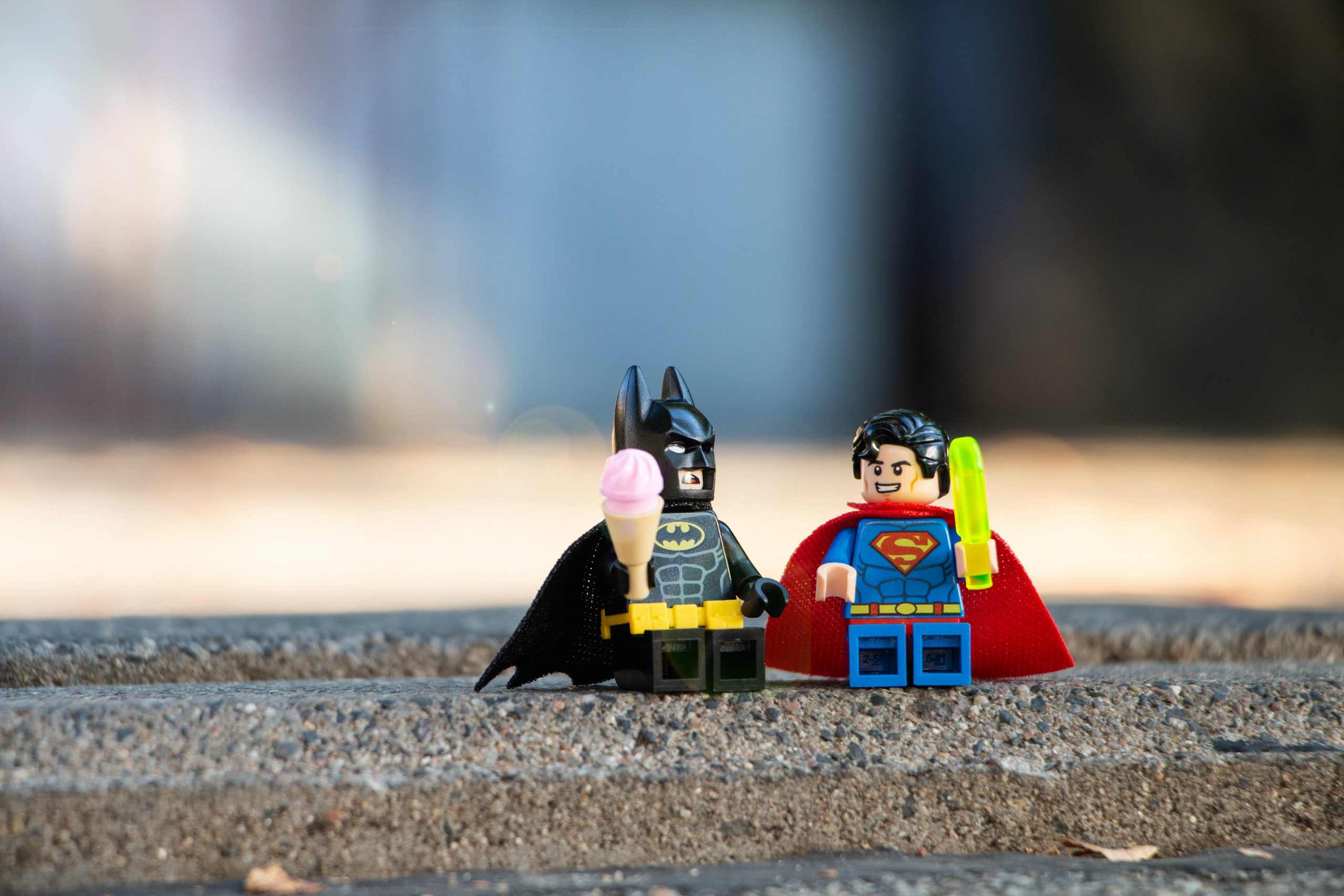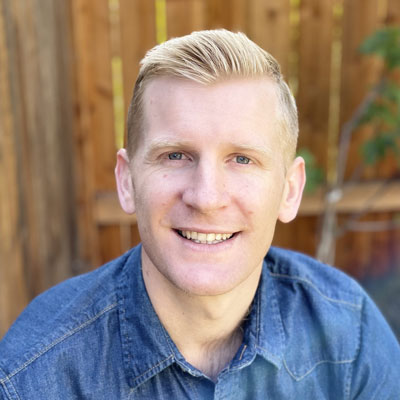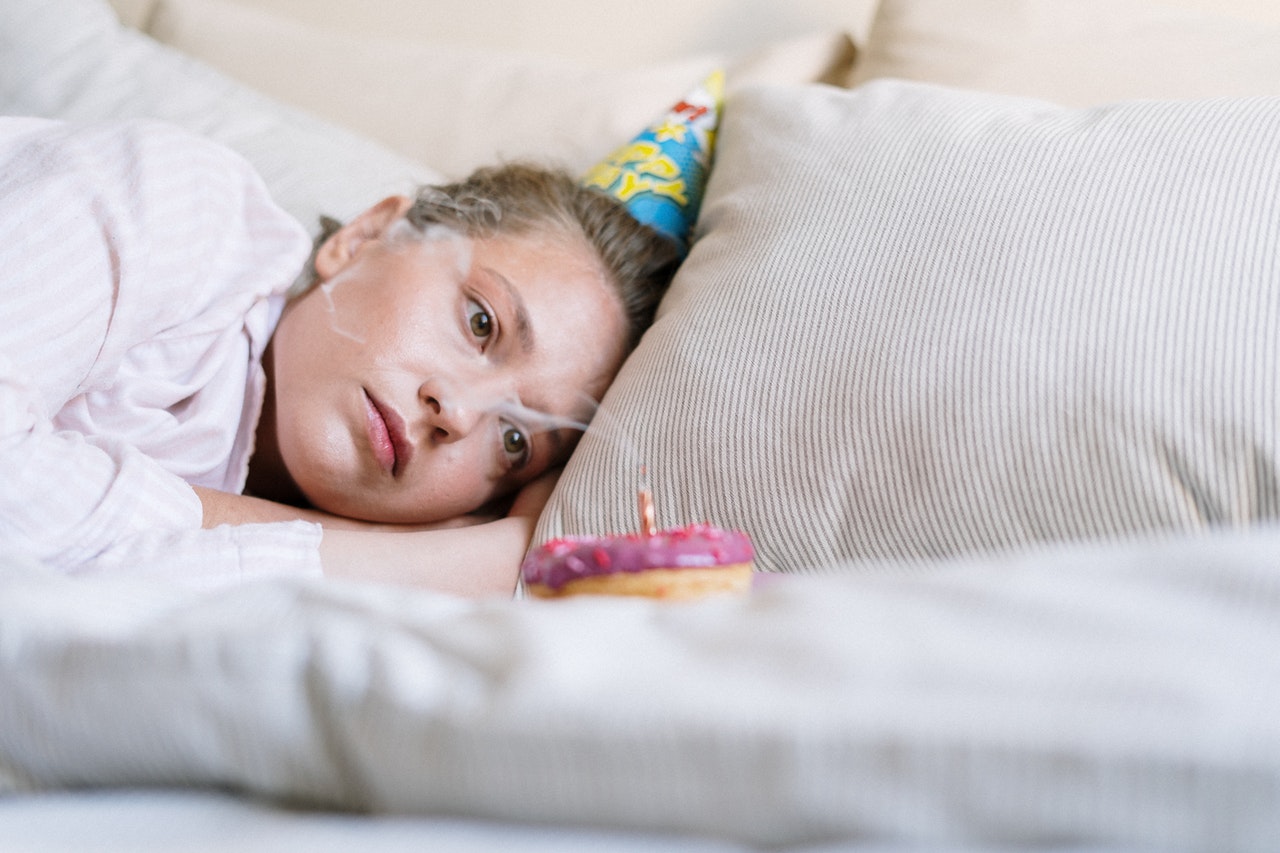

Make ADHD Your Superpower
This article aims to teach you how to utilize a practical framework to advocate for the support you need from coaches and other support providers;
We are all aware of the devastating effects of COVID-19, but how about the impact it is having on our mental health? While the loneliness and isolation can feel overwhelming, COVID-19 has forced us to pay more attention to our mental health. However, the constant feeling of uncertainty and grief has led to a 20% uptick in prescriptions for anti-anxiety and antidepressant drugs since the start of lockdown. Depression is one of the most common forms of mental illness, and according to the National Institute of Mental Health, 7.1% U.S. adults experienced at least one episode of depression during the past year.
There is research that suggests that, when used with psychotherapy, psilocybin can be an effective form of treatment for mental health conditions such as depression. Antidepressants and psychotherapy can be very helpful, however, a recent resurgence of interest in psychedelics to treat mental illnesses has revealed that substances (like psilocybin) may be another treatment of depression.
What You Should Know About Psychedelics
A Brief History
When people refer to ‘psychedelic therapy’ they are referring to psilocybin (a substance found in many mushroom species) that can produce psychedelic effects. This substance produces a feeling of euphoria and sensory hallucinations once ingested that can last for hours at a time.
Recently, there has been increased interest in therapeutic uses for psychedelics, such as psilocybin. However, their medical and spiritual uses are not new. It is important to note that various religious traditions and cultures have used psychedelic substances as part of spiritual and medical practices. The first account of psychedelics being used to treat mental illness came about in the 1950’s, about a decade after Albert Hofmann (a notable Swiss chemist) described his experience of taking LSD. By the mid-1960’s, about 40,000 people had been prescribed LSD as treatment for mental illnesses from schizophrenia and depression to obsessive compulsive disorder and addiction. This research was halted in the 1970s by the passage of the CSA (Controlled Substances Act). The CSA determined that psilocybin is a “Schedule I” drug, meaning it has “significant potential for abuse and dependence” and “no recognized medical value” rendering its use illegal. Then, in 2006, researchers received approval to continue investigating psilocybin and its effectiveness as a treatment. This research proved that psilocybin is generally safe and could have the potential to positively impact mental health disorders.
Research and Studies
While this research on the use of psilocybin for treating depression is still ongoing, the clinical trials have provided promising results. A study from 2016 (performed by researchers at NYU Grossman School of Medicine) found that single-dose psilocybin treatment with psychotherapy was responsible for a reduction in symptoms of depression and anxiety in individuals going through cancer treatment. This course of treatment was also linked to individuals experiencing increased optimism and a better quality of life.
6 months later, 60-80% of participants continued to exhibit reductions in anxiety and depression.
A follow-up study from 2021 suggested that these effects were long-lasting. The participants maintained these reductions in depressive symptoms. 71-100% of the participants described their psilocybin-assisted therapy as one of the most “meaningful” and “spiritually significant” experiences of their lives.
JAMA Psychiatry published a study in 2020 (led by researchers from John Hopkins Medicine) that found that two doses of psilocybin and psychotherapy resulted in significant reductions in depressant effects. Around 67% of individuals in this study reported 50% reduction in symptoms. These effects also seem to be enduring. Four weeks after treatment, 54% of participants who took the psilocybin were no longer suffering from depression.
Common Effects and Risks
Psilocybin doses have similar effects as LSD. People may experience a feeling of relaxation or euphoria post-dose. The substance works by acting on pathways in the brain that involve the use of the neurotransmitter serotonin. This action then changes perception and alters consciousness.
After taking psilocybin, individuals may experience:
However, hallucinations is the most common experience with psilocybin. Researchers believe that this is due to the amount of communication in different networks of the brain being activated at once. Psychedelic experiences can also increase your heart rate, cause agitation or nausea, increase your blood pressure, and other effects that depend on your body’s specific response.
Research and Bias
Like with all things, we need to be cautious about research and bias. Researchers have been trying for many years to secure funding for psychedelic studies for years. Now, paired with the excitement of promising results, there might be a bias that psilocybin is a ‘cure to everything’. While certain audiences are accepting, researchers confirm that there is a lot more work to be done before psychedelics can be formally used in medical treatments. This method of practice may not be for everyone, including people who suffer from psychosis or young people with developing brains.
So, How Does Psychedelic Therapy Work?
There is no standardized method of practice for psychedelic therapy. Each practitioner has their own methods for administering the therapy, but there are a few common elements.
“Set” and “setting” are critical during this process. “Set” is in reference to mood and expectations. “Setting” is the environment in which these sessions take place and your relationship with your therapist. The goal is that you will be comfortable with your therapist and in the room you are in. You want to feel calm and attentive during psychedelic therapy sessions.
After the experience is over, the next step is integration. These sessions are designed to help you make sense of, process, and find meaning in psychedelic experiences.
A Word from Mental Treat
The world of psychedelic therapy is still new, and while it shows a great deal of promise in the treatment of addiction and depression, further research is needed. Having more research on the topic will allow researchers to properly identify which drugs are most helpful for specific conditions, how to measure doses properly, and when this course of treatment should be avoided. If you are interested in trying this approach, sign up to participate in a research trial. Clinicaltrials.gov is a great place to find clinical trials currently recruiting participants. Above all else, please do not try this at home.


This article aims to teach you how to utilize a practical framework to advocate for the support you need from coaches and other support providers;


Do you know those happy couples on Instagram who seems like they have it all together? They have one thing in common: little to no sexual


Unfortunately, we often do not learn enough about what makes a relationship healthy. Even if we do, the lesson does not always stick when it comes


Online therapy, especially as a result of COVID-19, has become increasingly more popular. It is easy, you can do it from anywhere, and it eliminates the


Couples therapy is a great way to restore a relationship. If you and your partner are experiencing problems and looking to work through them, it could


As the holiday season approaches, not everyone is filled with cheer. Some people love the seasons and start decorating their houses as soon as possible. They